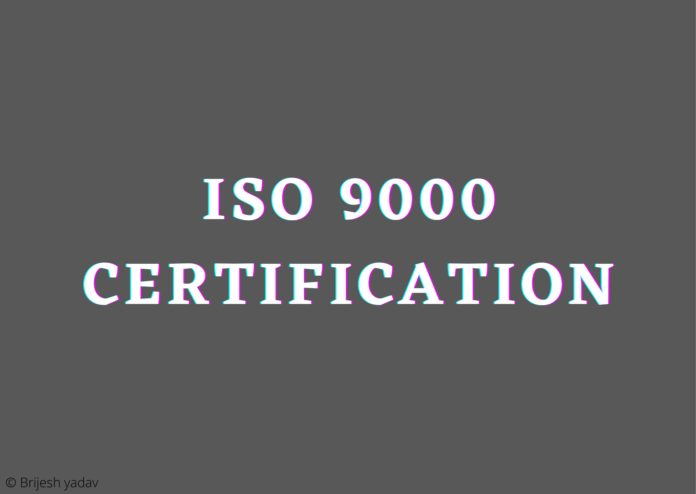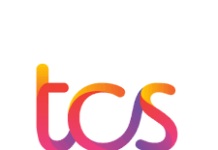ISO 9000 certification:
ISO 9000 is a set of international standards on quality management and quality assurance to help companies to maintain an efficient quality system. The ISO 9000 specifies a set of guidelines for repeatable and high-quality development. ISO 9000 standard is a set of guidelines for the production process and is not directly concerned with the product itself.
The main requirements of ISO 9000 certification are related to software development. We will study more about the requirements of ISO 9000 certification later.
Types of ISO standards
Based on the type of software industry there are different types of ISO standards, which are as follows:
i. ISO 9001: This standard applies to the organizations engaged in the design, development, production, and servicing of goods. This is the standard that is applicable to most software development organizations.
ii. ISO 9002: This standard applies to those organizations which do not design products but are only involved in production. This includes the steel industry who buys the products from external sources and only involved in manufacturing those products. Therefore, ISO 9002 is not applicable to software development organizations.
iii. ISO 9003: This standard applies to organizations involved only in the installation and testing of the product.
Benefits of ISO 9000 certification:
- Continuous improvement.
- Eliminate verification.
- Higher real and perceived quality.
- Boost employee morale.
- Improved customer satisfaction.
Limitations of ISO 9000 certification:
- It does not automatically lead to total quality management (TQM) continuous improvement.
- ISO 9000 does not provide any guideline for defining an appropriate process.
- It is not full proof and thus variation in the certification norms may exist.
ISO 9001 requirements
The main requirements of ISO 9001 related to software development are as follows:
- Management responsibility: i. Management must have an effective quality policy. ii. The responsibility and authority of all those whose work affects quality must be defined and documented.
- Quality system
- Contract reviews
- Document control: There must be a proper procedure for document approval, issue and removal.
- Product identification
- Process control
- Inspection, measuring, and test equipment: If inspection, measuring, and test equipment are used, they must be properly maintained and elaborated.
- Handling: Handling deals with the storage, packing, and delivery of the software product.
- Quality audits
- Training
Read more about Software maintenance





